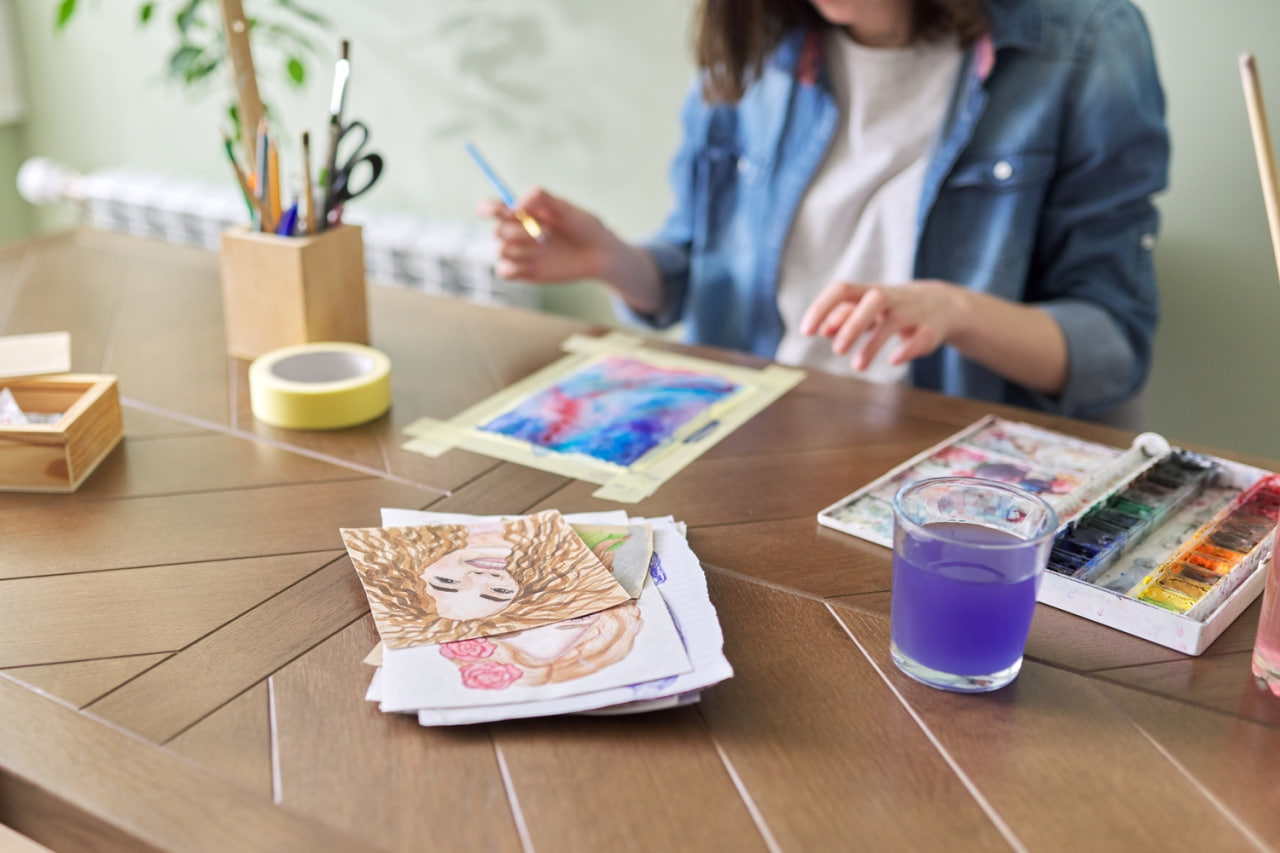Texture and line are fundamental elements of artistic printmaking. They shape the visual impact of a print, convey emotion, and give depth and personality to the artwork. Exploring creative techniques in texture and line allows artists to move beyond technical reproduction, opening doors to experimentation, self-expression, and innovation in printmaking.
Understanding the Importance of Line
Line is the backbone of etching and engraving. It defines form, direction, and structure, guiding the viewer’s eye across the composition. The thickness, curvature, and density of lines can dramatically influence the mood and meaning of a print.
Artists can experiment with line in numerous ways: fine, delicate lines suggest subtlety and refinement, while bold, aggressive strokes communicate energy and intensity. Combining line types within a single composition creates contrast, rhythm, and visual interest, making the artwork dynamic and engaging.
Exploring Texture in Printmaking
Texture gives a tactile quality to prints, even when viewed on smooth paper. It can suggest material, movement, or atmosphere, adding layers of meaning and depth. Traditional etching techniques, such as cross-hatching, stippling, and drypoint, create intricate textures that enhance both the detail and expressiveness of the artwork.
Artists may also experiment with unconventional textures by altering the plate surface, using different grounds, or incorporating mixed media. These approaches allow for unexpected effects, encouraging innovation and a unique artistic signature.
Combining Line and Texture
The interplay between line and texture is where creative experimentation truly shines. Lines can define shapes, while texture adds nuance and dimension, resulting in prints that feel alive and multi-layered. For example, dense cross-hatching may suggest shadow and depth, while fine, rhythmic lines evoke movement and fluidity.
Experimenting with the interaction of line and texture encourages artists to think beyond traditional representation. This approach opens up possibilities for abstraction, symbolism, and storytelling through purely visual means.
Techniques to Try
Several techniques can help artists experiment with texture and line in their prints:
- Etching Variations – Use different needle types, pressures, and motions to create diverse line qualities.
- Aquatint – Introduce tonal variations and subtle shading to enrich textures.
- Drypoint – Produce soft, velvety lines by scratching directly onto the plate.
- Collagraph and Mixed Media – Add physical textures to plates with materials like fabric, cardboard, or string for layered, tactile effects.
- Layering – Combine multiple plates or impressions to achieve depth, complexity, and unique interactions between lines and textures.
Experimentation is key. Allowing yourself to make mistakes and discover new possibilities often leads to the most striking and innovative results.
Developing a Personal Style
By consistently experimenting with texture and line, artists can begin to develop a recognizable style. Observing how different techniques affect mood, depth, and movement helps refine an artistic voice. Keeping a sketchbook or sample plate for testing ideas is highly beneficial, as it allows you to track progress and identify techniques that resonate most with your vision.
Inspiration and Observation
Inspiration for texture and line experimentation can come from many sources. Nature, architecture, textiles, and everyday objects provide countless patterns and surfaces to explore. Studying the work of historical and contemporary printmakers also offers insight into creative approaches and possibilities.
The key is to remain curious and open-minded. The more you observe and experiment, the more your prints will reflect your creativity and technical skill.

